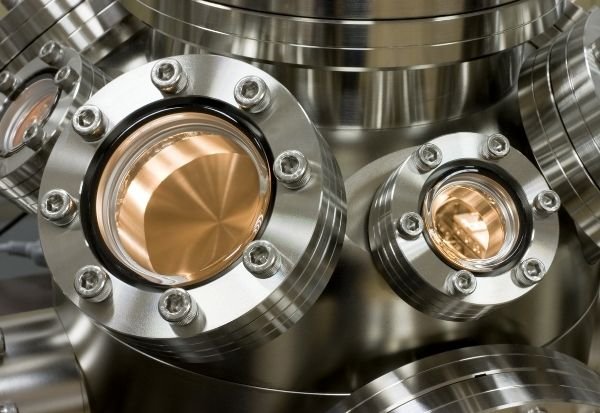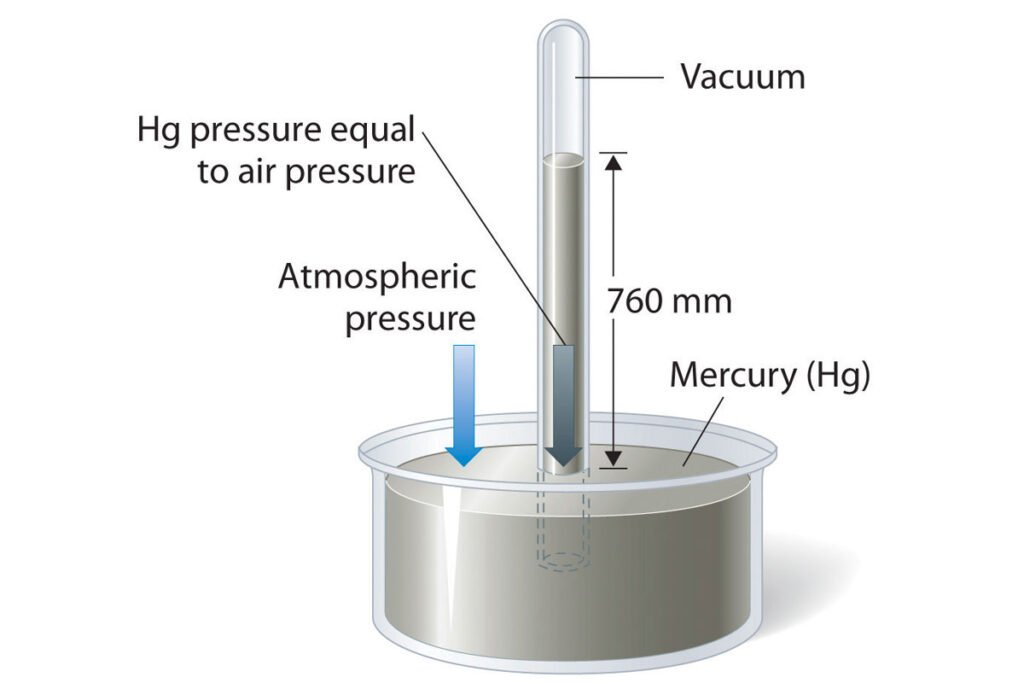One often encounters the silent yet powerful force of vacuum technology. It’s not merely a concept confined to the realms of science fiction; rather, it’s a pivotal aspect shaping various industries today. From manufacturing processes to research endeavors, the applications of vacuum technology are as diverse as they are impactful.
Understanding the Essence of Vacuum Technology
Vacuum technology, while often overlooked in the broader landscape of technological advancements, constitutes a fundamental pillar upon which modern industries rest. At its essence, vacuum technology revolves around the creation and maintenance of environments devoid of matter or gas, thereby eliminating atmospheric pressure. This absence of pressure facilitates the manipulation of materials and substances in ways impossible under normal conditions.

To grasp the significance of vacuum technology, one must delve into its foundational principles. At the heart of vacuum technology lies the concept of a vacuum, defined as a space devoid of any material substance or gas. Achieving and maintaining such conditions typically involves the use of specialized equipment and techniques, ranging from vacuum chambers to intricate vacuum pumps.
The applications of vacuum technology span a diverse array of industries, each harnessing its power in unique ways. In manufacturing and production, vacuum technology enables precise control over conditions, leading to enhanced efficiency and product quality. Whether it’s the fabrication of semiconductors with nanoscale precision or the production of pharmaceuticals under sterile conditions, vacuum technology plays a pivotal role in driving innovation and advancement.
Space exploration represents another frontier where vacuum technology shines. The vacuum of space presents extreme conditions that necessitate specialized equipment and techniques for spacecraft design and operation. From propulsion systems that harness the principles of vacuum to life support systems that sustain astronauts in the vacuum of space, vacuum technology is indispensable for humanity’s quest to explore the cosmos
Exploring the Applications
Manufacturing and Production:
Within the realm of manufacturing and production, vacuum technology revolutionizes processes across various industries. In semiconductor fabrication, for instance, vacuum environments are essential for deposition processes, where thin films of materials are precisely deposited onto substrates. Vacuum chambers provide the controlled conditions necessary for achieving uniform film thickness and composition, critical for the performance of semiconductor devices.

In pharmaceutical production, vacuum technology plays a crucial role in processes such as freeze-drying, where moisture is removed from sensitive pharmaceutical products without compromising their integrity. By creating vacuum environments, freeze-drying preserves the efficacy and stability of pharmaceutical formulations, extending shelf life and ensuring product quality.
The applications of vacuum technology extend beyond traditional manufacturing sectors into emerging fields such as additive manufacturing or 3D printing. In additive manufacturing processes, vacuum chambers are utilized to create inert environments conducive to the production of high-quality, defect-free parts. By minimizing the presence of oxygen and other contaminants. Vacuum technology enhances the mechanical properties and surface finish of additive manufactured components, opening new possibilities for design and innovation.
Space Exploration:
Vacuum technology lies at the forefront of space exploration, enabling humanity’s quest to explore the cosmos and unravel the mysteries of the universe. In spacecraft design and operation, vacuum technology plays a critical role in ensuring the functionality and safety of space missions. Propulsion systems, for instance, leverage the principles of vacuum to generate thrust and propel spacecraft through the void of space.
Life support systems onboard spacecraft rely on vacuum technology to create controlled environments capable of sustaining human life in the vacuum of space. From regulating temperature and humidity to removing carbon dioxide and other exhaled gases. Vacuum technology enables astronauts to live and work in space for extended durations, pushing the boundaries of human exploration.
Scientific instruments deployed in space missions leverage to conduct experiments and observations in the harsh conditions of outer space. Telescopes and spectrometers, for instance, rely on vacuum environments to eliminate atmospheric interference and obtain clear, precise measurements of celestial objects and phenomena.
Medical and Healthcare:
The realm of healthcare benefits immensely from the applications of vacuum technology, with medical devices and procedures leveraging its power to improve diagnostics, treatment, and patient care. Magnetic resonance imaging (MRI), for instance. Relies on vacuum technology to create the conditions necessary for imaging the body with unparalleled detail and clarity.
In an MRI machine, a powerful magnet generates a magnetic field, while radiofrequency coils transmit and receive signals from the body. The presence of air within the MRI chamber would distort these signals and compromise image quality. But By creating a vacuum environment, MRI machines eliminate air and other gases. Enabling precise imaging of anatomical structures and pathological conditions.
Electron microscopy represents another area where these revolutionizes healthcare diagnostics and research. Unlike conventional light microscopes, electron microscopes utilize beams of electrons to visualize structures at the atomic and molecular levels. To ensure the accuracy and resolution of electron microscopy images, vacuum environments are essential for minimizing electron scattering and maximizing signal-to-noise ratios.
Environmental Remediation:
This plays a crucial role in environmental cleanup efforts, facilitating the removal of contaminants from soil, water, and air. In soil and groundwater remediation, vacuum extraction techniques are employed to remove But volatile organic compounds (VOCs), petroleum hydrocarbons, and other hazardous substances from subsurface environments.
Vacuum extraction systems consist of extraction wells, vacuum pumps, and collection tanks designed to create negative pressure gradients within contaminated zones, effectively drawing contaminants to the surface for treatment and disposal. By harnessing the power of vacuum, environmental engineers and remediation. Specialists can remediate contaminated sites and restore ecosystems But to their natural state. Vacuum systems equipped with filtration devices and scrubbers remove particulate matter. Volatile organic compounds (VOCs), and other harmful pollutants from exhaust streams, mitigating the impact of air pollution on public health and the environment.

Research and Development:
In research and development laboratories worldwide, vacuum technology serves as a cornerstone of scientific inquiry and innovation. Whether studying material properties under extreme conditions or probing the fundamental principles of physics. Researchers rely on vacuum chambers and equipment to create controlled environments conducive to experimentation.
Vacuum chambers come in various shapes and sizes, tailored to specific research applications and requirements. High-vacuum chambers, for instance, are capable of achieving ultra-low pressure levels necessary for studying phenomena such as particle collisions, surface interactions, and plasma physics.
In materials science and engineering, vacuum technology enables the fabrication and characterization of advanced materials with tailored properties and functionalities. Thin-film deposition techniques such as physical vapor deposition (PVD) and chemical vapor deposition (CVD) rely . On vacuum environments to deposit thin films of materials onto substrates with atomic precision.
Nanotechnology represents another frontier where vacuum technology plays a pivotal role in enabling breakthroughs in miniaturization, sensing, and manipulation at the nanoscale. Scanning probe microscopes. But for instance, utilize vacuum environments to achieve atomic resolution imaging and manipulation of nanostructures. Paving the way for advancements in fields such as electronics, medicine, and energy.
Conclusion
The applications of this are vast and diverse. Spanning industries ranging from manufacturing and healthcare to space exploration and environmental remediation. By creating and maintaining environments devoid of matter or gas, This enables precise control over conditions, leading to enhanced efficiency. But innovation, and sustainability. As humanity continues to push the boundaries of knowledge and exploration. The power and potential of vacuum technology will remain indispensable in shaping the future of science, technology, and society.





